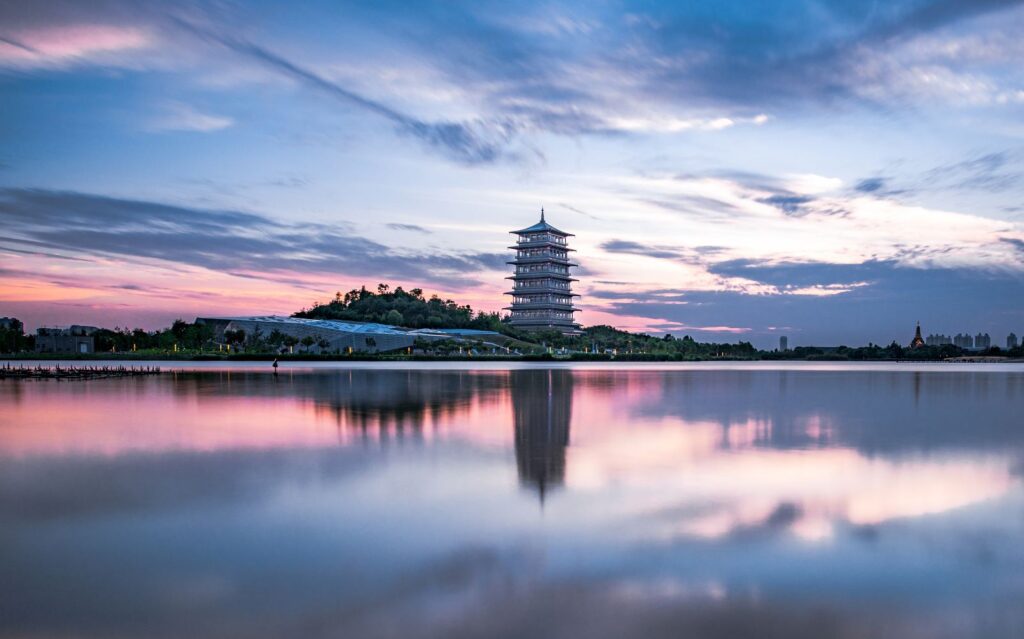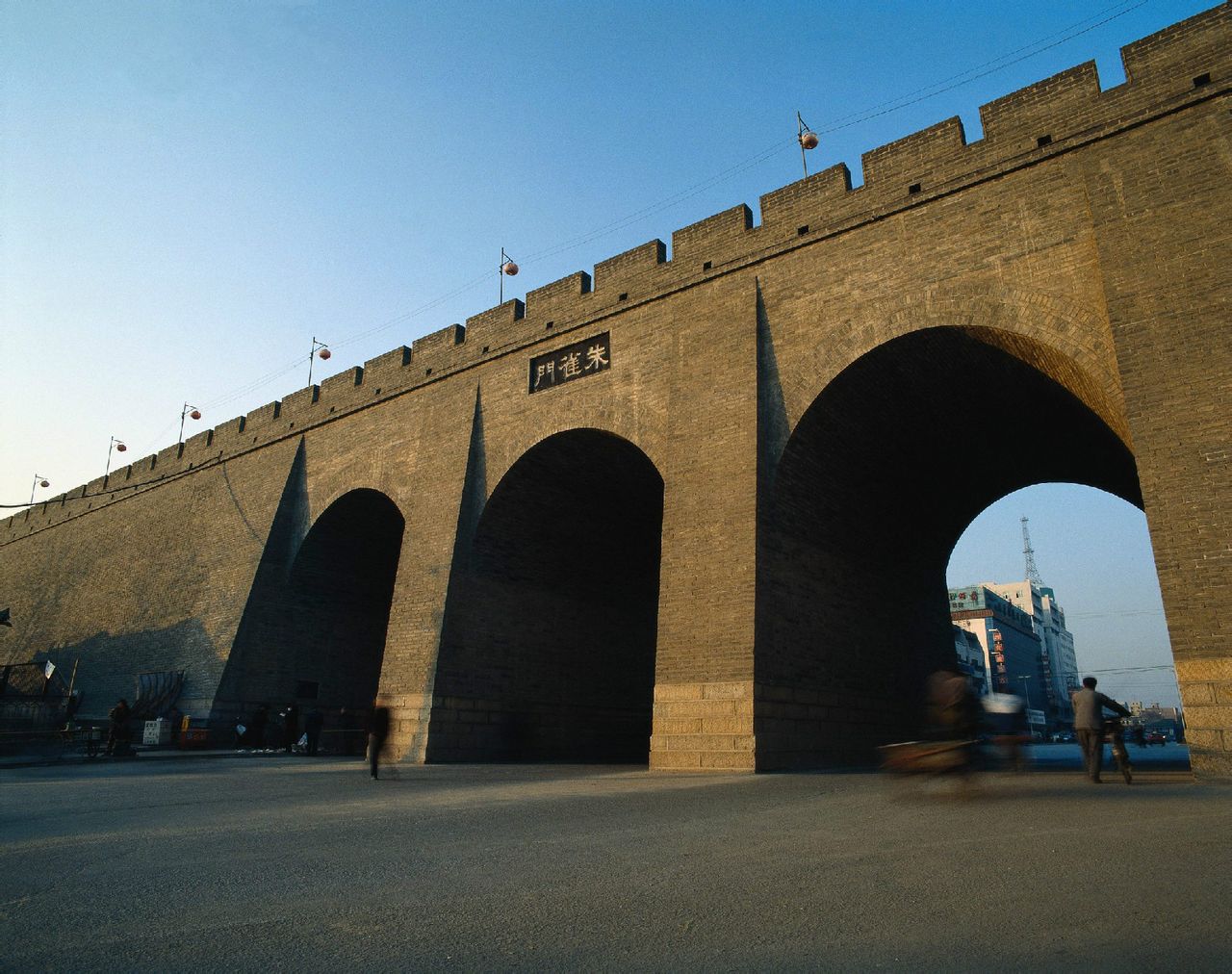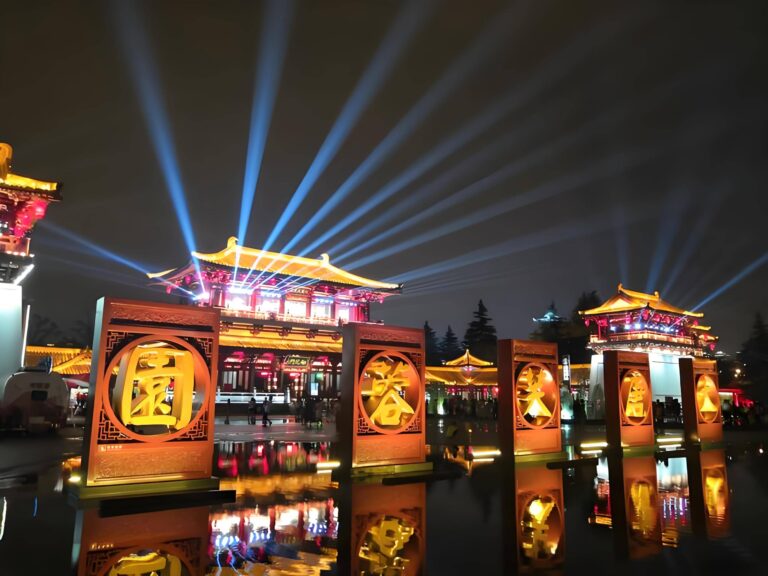What is Xian famous for?
Xi’an: Where Ancient China Comes Alive – A Guide for American Travelers
Hello, friends from across the ocean! Picture this: a city where 8,000 life-sized clay soldiers guard the tomb of China’s first emperor. Imagine ancient city walls wider than a highway, still encircling the heart of downtown. Then follow your nose to food streets filled with spices that traveled the Silk Road 2,000 years ago. Welcome to Xi’an! This isn’t just a name in a history book—it’s a living “time capsule” and China’s most vibrant window into its glorious past. Let’s uncover what makes Xi’an world-famous.
1. Home of the “Eighth Wonder of the World”: The Terracotta Army
When you think Xi’an, the Terracotta Army instantly comes to mind. This is Xi’an’s brightest spotlight and its #1 claim to fame!

- An Accidental Discovery: In 1974, farmers digging a well stumbled upon clay fragments—unlocking a 2,200-year-old secret: the buried army of Qin Shi Huang (China’s first emperor who unified the country)! Hailed as the “Eighth Wonder of the World,” it rivals Egypt’s pyramids.
- Breathtaking Scale: Step into Pit 1 and hold your breath: thousands of life-sized clay soldiers, horses, and chariots stand in battle formation, ready to march. The most incredible detail? Every face is unique! Hairstyles, expressions, poses, even armor details vary—showcasing the Qin dynasty’s insane craftsmanship and obsession with immortality.
- History in Clay: This isn’t just an army—it’s “history written in stone.” It reveals the Qin dynasty’s military power, organization, and the emperor’s ambition to rule even in the afterlife. You can feel the pulse of an empire here.
- Why It’s Unique: Nowhere else on earth will you find such a massive, hyper-realistic, and well-preserved funerary art complex for an ancient emperor. It’s the peak of Chinese sculpture and military history.
Discover the Terracotta Warriors website:https://terracottaarmydiscovery.com/
2. The Silk Road’s Eastern Starting Point: Where the World Met
If the Terracotta Army shows China’s unity and power, Xi’an (ancient Chang’an) as the Silk Road’s starting point reveals its openness and prosperity. This is core to Xi’an’s global fame.
- Crossroads of Civilizations: Over 2,000 years ago (Han Dynasty), explorer Zhang Qian set out from here, opening trade routes west to Central Asia, India, Persia, and the Mediterranean—the Silk Road. Chang’an became one of the world’s largest, most cosmopolitan cities—think ancient Rome’s eastern twin.
- Melting Pot of Cultures: Imagine Chang’an: camel caravans carrying Chinese silk, porcelain, and tea west, while glassware, gold coins, spices, grapes, pomegranates—and crucially, religions (Buddhism, Islam), art, music, and ideas—flowed east. The Big Wild Goose Pagoda (built to store Buddhist scriptures from India) is a timeless monument to this exchange.
- Legacy Today: Xi’an still breathes this blended heritage. Wander the Muslim Quarter, where you’ll taste Silk Road-inspired flavors (like Yangrou Paomo or Roujiamo), see ancient mosques, and feel the community’s unique culture—a living heirloom of the Silk Road.
3. China’s Best-Preserved Ancient City Wall: Cycling Through History
Xi’an boasts a jaw-dropping urban landmark: its fully intact Ming Dynasty City Wall. It’s not just a symbol—it’s history you can touch (and bike on!).
- Massive & Complete: This isn’t a tiny ruin! The wall stretches 8.7 miles (14 km), surrounding the city center. It’s China’s largest, best-preserved ancient defensive wall system—and incredibly rare globally.
- Unbeatable Experience: The coolest part? You can bike on top of it! Yes, the wall’s top is flat and wide (enough for cars!). Rent a bike, feel the breeze, and circle the ancient wall. Gaze down at traditional courtyard homes inside the walls and modern skyscrapers outside—a “past-meets-present” thrill found nowhere else!
- Military Genius: Spot watchtowers, archer platforms, battlements, and a restored moat—proof of ancient China’s defensive brilliance. The South Gate (Yongningmen) feels especially grand, often hosting reenacted gate ceremonies.
4. “Carb Heaven” & Silk Road Flavors: A Feast Through Time
Xi’an’s food absolutely deserves its global fame! Nicknamed “Carb Heaven” for its insane variety of noodles and breads, it blends Silk Road spices into bold, unforgettable flavors.
- Noodle & Bread Paradise:
- Yangrou Paomo (Mutton Stew with Bread): Xi’an’s soul food. Rip hard flatbread into tiny pieces, hand it to the cook, and they’ll drench it in rich mutton broth with tender meat. Savory, hearty, and hands-on fun!
- Roujiamo (Chinese Burger): The “Eastern burger.” Crispy baked bread stuffed with juicy, spiced braised meat (usually pork, sometimes beef/lamb)—simple, delicious perfection.
- Biang Biang Noodles: Named for the “Biang!” sound when slapped on the counter. These belt-wide, chewy noodles come smothered in chili oil, minced meat, tomatoes—spicy, tangy, and seriously Instagram-worthy!
- Muslim Quarter Food Frenzy: This area is ground zero for Xi’an food. Countless stalls fill the air with cumin-scented kebabs, sweet pastries, and meaty broths. Try Liangpi (cold skin noodles), soup dumplings, sour dumplings, persimmon cakes, Jinggao (sticky rice cakes)… a full-sensory party!
- Why It’s Special: Xi’an food is generous, bold (think vinegar and chili!), and reflects northern Chinese heartiness—all spiced with Silk Road influences (hello, cumin!). It’s the Silk Road’s flavor legacy, alive on your plate.
5. Capital of 13 Dynasties: History’s Living Fossil
Above all, Xi’an is famous for its unmatched historical depth. It’s known as the “Capital of 13 Dynasties”.
- Cradle of Empires: From the Western Zhou onward, 13 dynasties—including the mighty Qin (first unified empire) and glorious Tang (China’s golden age)—made Xi’an (Chang’an) their capital, spanning 1,100+ years! This placed Xi’an at the peak of the ancient world.
- History Around Every Corner: Beyond the Terracotta Army (Qin), Big Wild Goose Pagoda (Tang), and City Wall (Ming), explore:
- Shaanxi History Museum: “The Pearl of Ancient Capitals” – packed with top-tier artifacts telling China’s story.
- Forest of Stone Steles Museum: A shrine to ancient Chinese calligraphy (thousands of carved stone tablets!).
- Small Wild Goose Pagoda: A graceful Tang-era pagoda.
- Daming Palace National Heritage Park: Ruins of the Tang Dynasty’s palace (once the world’s largest!).
- Huaqing Palace: Tang emperors’ hot-spring retreat (and site of the 1936 Xi’an Incident).
- Living Culture: History isn’t locked in museums. Locals practice Tai Chi by the city wall, write calligraphy with water on park tiles, and the raw vocals of Qinqiang Opera (an ancient local style) echo in alleys. History here is in the city’s DNA.

Final Note: Xi’an—A Timeless City to Explore & Experience
Dear American friends, Xi’an isn’t just famous for the Terracotta Army. It’s a multi-layered historical and cultural powerhouse. It’s:
- The guarded home of an underground clay army.
- The great eastern start of the Silk Road.
- A bike-friendly ancient walled city.
- A carb-loaded, Silk Road-spiced food paradise.
- The ultimate witness to 13 dynasties’ glory and fall.
Here, history isn’t cold facts—it’s the wall brick under your feet, the mutton stew in your bowl, the buzz of street markets, and the ancient whispers in the air. Xi’an invites you to dive in and live it. Step into Xi’an, and you step into a time machine. It promises memories of the East that will awe and inspire you. Ready to explore this eternal city? It’s waiting to tell you its epic tales!


